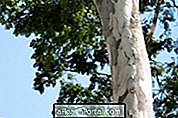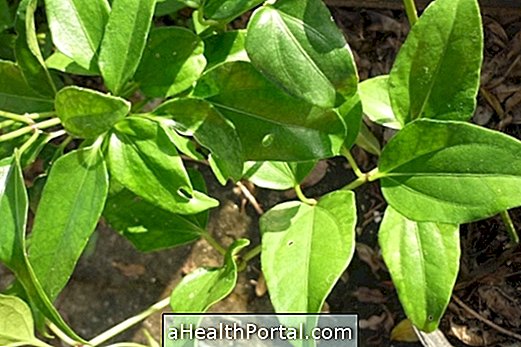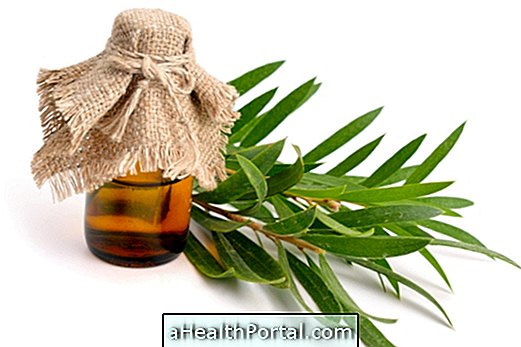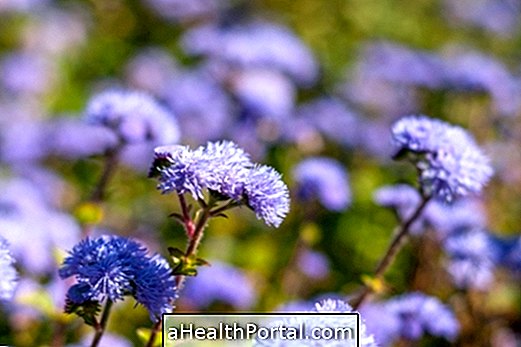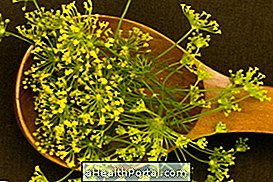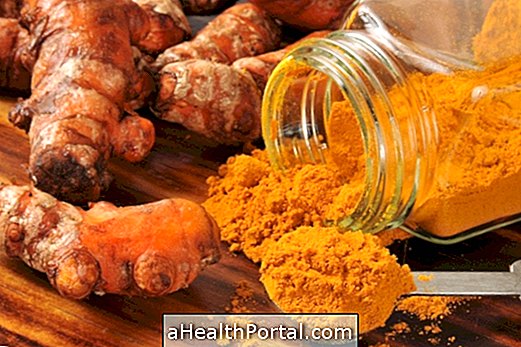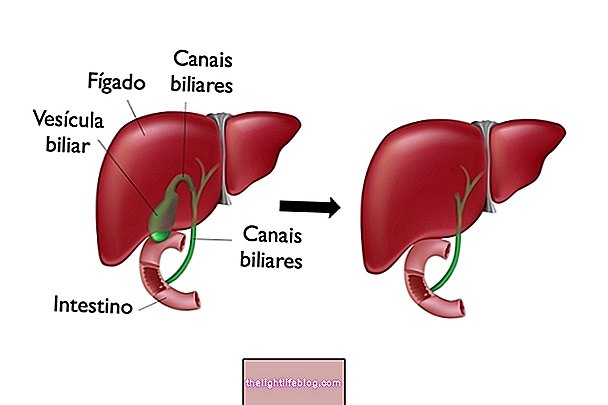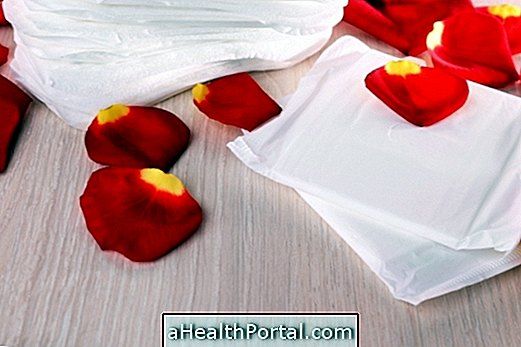Camomile is a medicinal plant, also known as Margaça, Camomila-vulgar, Camomile-common, Macela-nobre, Macela-Galician or Camomila, widely used in the treatment of anxiety due to its calming effect.
Its scientific name is Matriaria recutita and can be bought in natural products stores, manipulation pharmacies, and in some markets, in the form of sachets.

What is Chamomile used for?
Chamomile is used to help treat skin irritations, colds, nasal inflammation, sinusitis, poor digestion, diarrhea, insomnia, anxiety, nervousness and difficulty sleeping, for example.
Properties of Chamomile
The properties of Chamomile include its healing action, antibacterial, anti-inflammatory, anti-spasmodic and soothing.
How to use Chamomile
The used parts of Chamomile are its flowers for making teas, inhalations, baths or compresses.
- Inhalation for sinusitis: add 6 teaspoons of chamomile flowers in a pan with 1.5 L of boiling water. Then put the face on the bowl and cover the head with a large towel. Breathe the steam for 10 minutes, 2 to 3 times a day.
- Tea to soothe: put 2 to 3 teaspoons of dried chamomile flowers in a cup of boiling water, let stand for 5 minutes, strain and drink after the meal. See what other teas can prepare using dried plant blossoms in Benefits of Chamomile Tea.
- Compress for skin irritations: add 6 g of dried chamomile flowers to 100 ml of boiling water and allow to stand for 5 minutes. After straining, wet a compress or cloth and apply to the affected region.
See another usefulness of chamomile tea: Home remedy for belching.
Chamomile Side Effects
There are no side effects reported with Chamomile.
Contraindications of Chamomile
Chamomile is contraindicated for eye inflammation, at the risk of aggravating the original problem.
